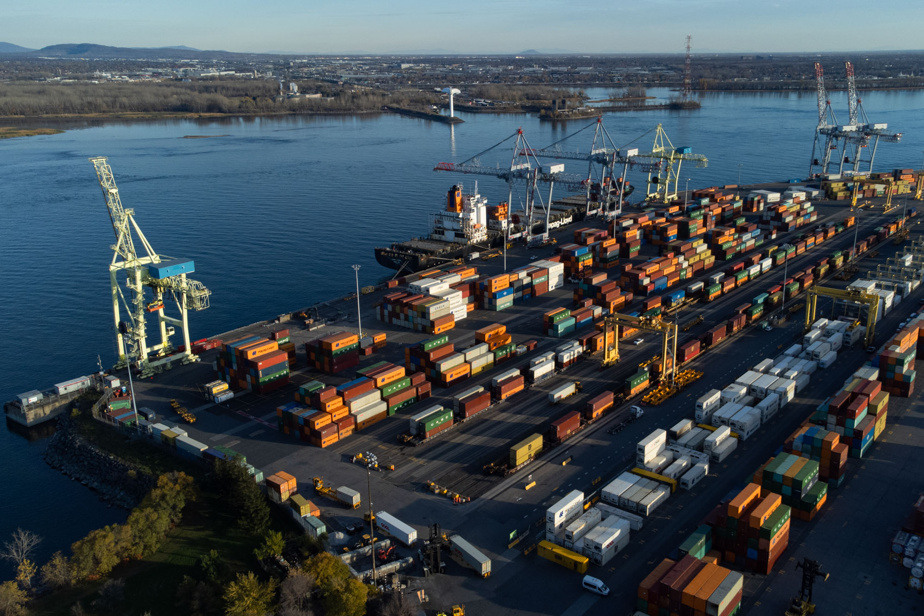The ports of Quebec have embarked on a wave of investments that should allow everyone to play their role in the provincial or regional economy. Although the work extends over several years, time is running out for Quebec ports, both to respond to the development of activity and to update sometimes obsolete infrastructures.
The growth of maritime transport is not only observed by the number of ships circulating on the St. Lawrence. Throughout Quebec, port authorities are busy preparing, launching or carrying out renovation or expansion work on their infrastructures.
Far from competing, the ports of Quebec are called upon to collaborate. “From a global perspective, the ports located on the St. Lawrence do not have the means to compete with each other,” says Mathieu St-Pierre, president of the Société de développement économique du Saint-Laurent (SODES). “The St. Lawrence must market itself internationally as a maritime gateway to the North American continent. »
At the Port of Montreal, the Contrecoeur project with a capacity of 1.15 million containers should see the light of day in 2026, but the Montreal Port Authority (MPA) is waiting for $150 million from the federal government, after having received a $75 million extension from the Quebec government.
For its part, the Port of Québec obtained the approval of the federal government to proceed with the acquisition of land in the Lévis-Est sector. The port authority already has an option to purchase these lands, which cover an area of 270 hectares.
This work will have an expected impact on the regional economy, since 500 jobs will be created to accommodate 96 additional ships each year.
Like the port of Trois-Rivières, the ports of eastern Quebec play an important role in the regional economy. Since their acquisition by the Quebec government from the federal government, the Société port du Bas-Saint-Laurent et de la Gaspésie has planned investments in Matane, Gros-Cacouna, Rimouski and Gaspé.
“We have identified the vocation of each port by involving the different communities to ensure that we meet the needs of the environment,” said Anne Dupéré, CEO of the Société port du Bas-Saint-Laurent et de la Gaspésie.
Most of the efforts focus on the port of Matane, where 81 million will be invested over the decade. The wharf, at the end of its life, will be redone from A to Z. The loss of 50% of the load-bearing capacity prevents certain loadings that were once possible. It’s time for requests for proposals to carry out impact studies, the start of a long road before the start of work, scheduled for 2026. For the regional economy, in particular the manufacture of wind turbine blades, shipping goods by boat is becoming a strategic issue.
In Gaspé, storage capacities have been prioritized. Here too, the production of wind turbine blades is a good point for the local economy, after the expansion of the LM Wind Power factory. It is still necessary to be able to ship in good conditions. Most of the work has been completed: the warehouse space has tripled from 5,000 to 15,000 square meters.
The port of Rimouski must also keep its infrastructure afloat, necessary for the delivery of food and oil, fishing boats, such as the research vessel of the University of Quebec at Rimouski (UQAR). A call for tenders is launched to carry out environmental impact studies, prior to the redevelopment of the quays and jetties, giving better access to the sea for the population of Rimouski. Work could start in 2026.
